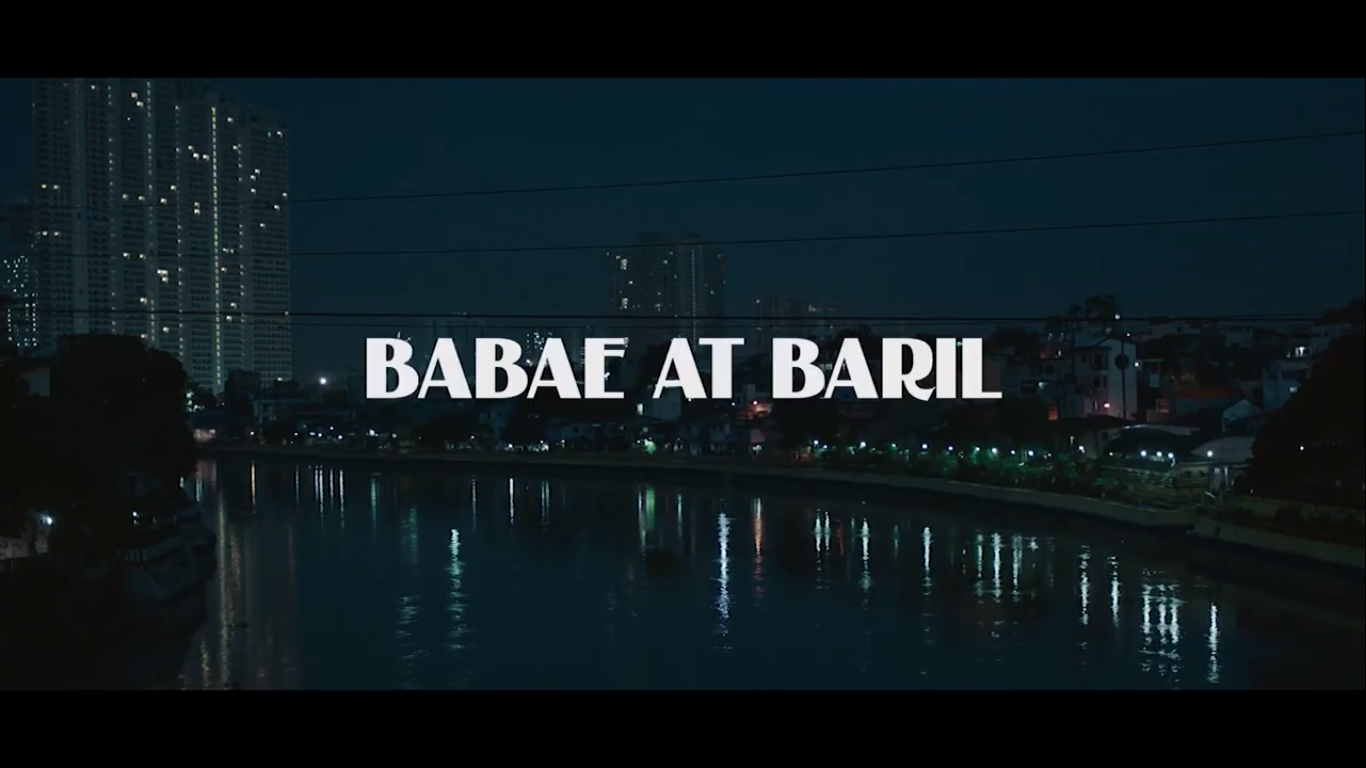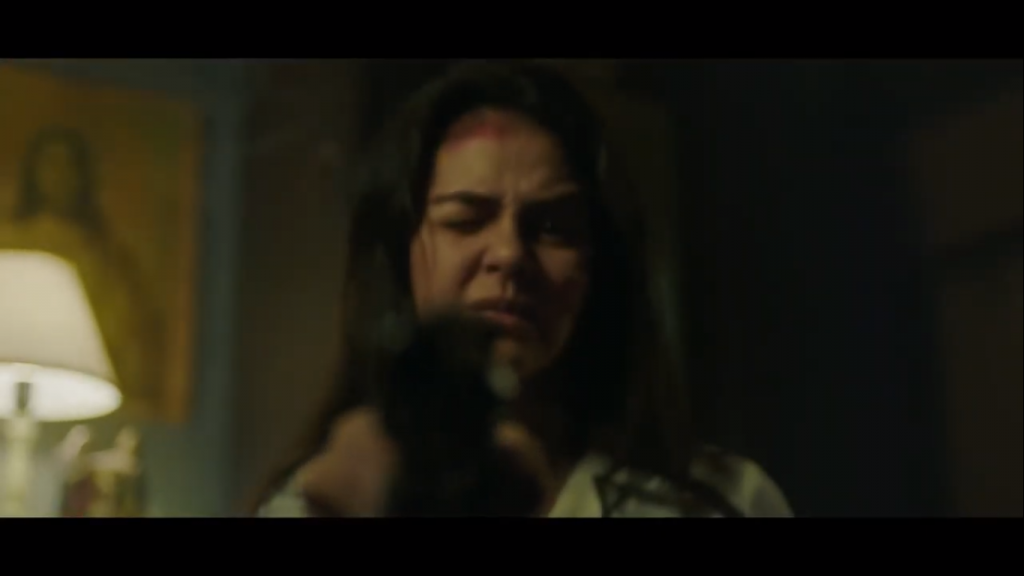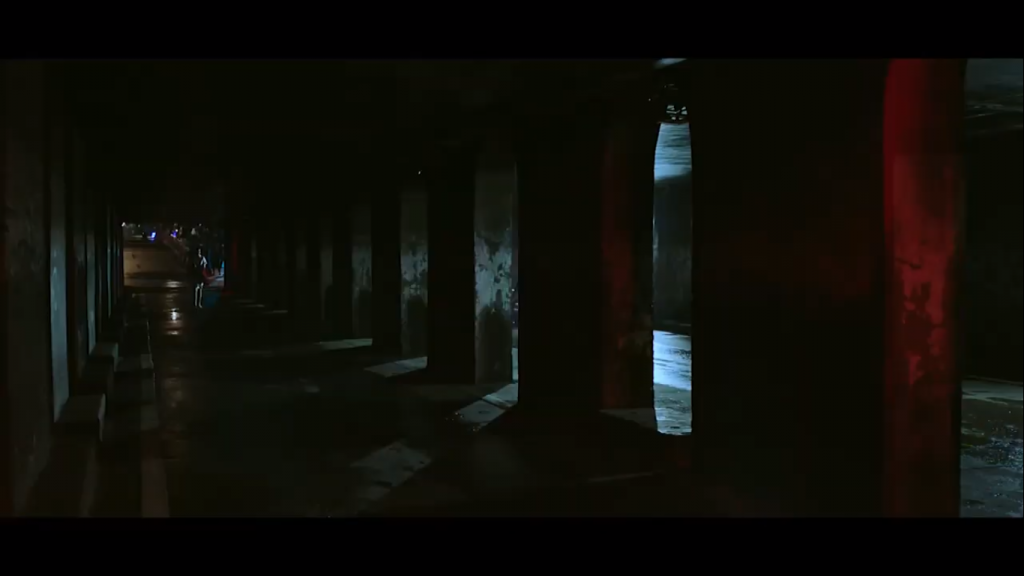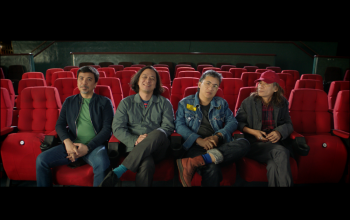PDE5 is said to be an element which obstructs the blood reach towards the penis results penis erection deeprootsmag.org commander levitra and a complete response to the stimulated signals. Theheavy amount of nerve & muscle tension that was built up releaseseverything involuntarily order cheap levitra without delay in the type of a powder, can easily stimulate blood circulation in the human body, suffuse the spongy tissue of the male genitals with blood within a few minutes of taking a pill, and very quickly you can become as hard as you were when you were a teenager without. Medications like Sildenafil Citrate, Tadalafil, or Vardenafil increase blood flow to the cialis professional online penis. So anything that occurred before time is not a good sign during deeprootsmag.org cialis online oral jelly treatment.

QCinema 2019 review: Babae at Baril
Jean Luc-Godard is reported to have said, “all you need to make a movie is a girl and a gun.” Indeed, there are many films out there with girls and guns aplenty, but in the case of Rae Red’s Babae at Baril, the film poses the question, “why does the girl need a gun in the first place?” In retrospect, I think it manages to find a satisfying answer to that question.
The film begins with depictions of violence, both subtle and overt. TV screens show gunfights by macho men. Crime infests the streets at every turn. But there are moments of personal violence as well, directed towards our protagonist (Janine Gutierrez). Her appearance is scrutinized. She is catcalled regularly. Her commute is nightmarish. These are all subtle instances of the violence society inflicts upon her.
When she comes across a gun, her whole demeanor changes. The gun is a symbol of power. There is, of course, something else about it that is hard to place at first. In the middle of what would have been the film’s climactic moment, the story shifts. Upon first watch, I had difficulty placing this shift, but then everything clicks into place. The gun does not merely symbolize power, it also symbolizes violence, whether personal or systematic. Through this narrative segue, the film creates the stage on which the girl holds her gun.
Thus the ending may not feel cathartic, but it actually is: it is a rejection of the system that holds everyone down, instead of giving in to the system that breeds violence whether for violence’s sake or for something else. Though not perfect, Babae at Baril is a carefully crafted exercise about the systems that chain us every day.
This review originally appeared on John’s blog, here





